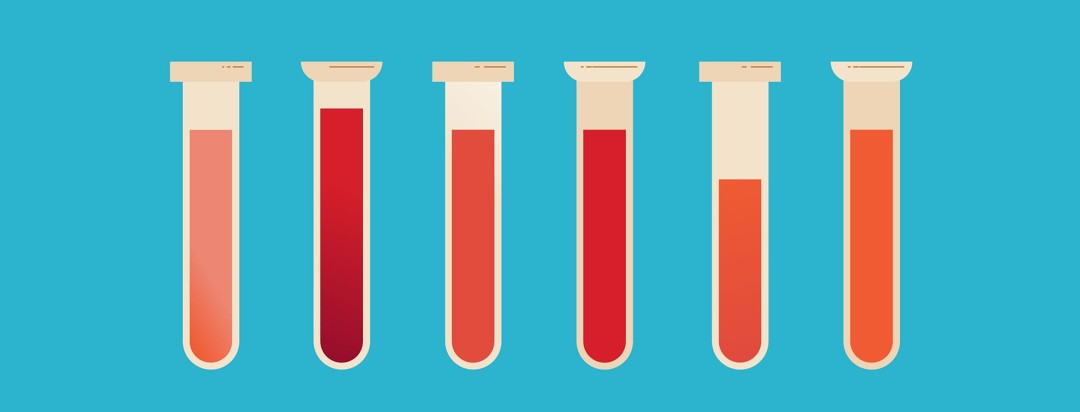How Do Liquid Biopsies Work?
Liquid biopsies are an exciting testing tool for skin cancer. This simple blood test can identify the genetic makeup of tumors and assess the best treatment plan in a non-invasive way.
However, liquid biopsies are a new technology and the lack of a standardized method means there is still a lot to learn. Find out how liquid biopsies work, and what you need to know before testing.
What is a liquid biopsy?
A liquid biopsy basically means any test specimen that isn’t tissue (think blood, urine, and even spinal fluid). It’s been long understood that cancer tumors shed cells and molecules into bodily fluids like blood. Liquid biopsies allow doctors to analyze these shed molecules and cells in order to obtain information similar to that of a tissue biopsy.
Liquid biopsies are most frequently done through a simple blood test, and require no more than 5 milliliters of blood.1
How does a liquid biopsy work?
Liquid biopsies work by analyzing blood samples for circulating tumor DNA (ctDNA) or circulating tumor cells (CTCs). While both types are found in the blood, ctDNA is 100 times more common, often making it easier to test. The blood sample is spun down into plasma. Liquid biopsies then use Next Generation Sequencing (NGS) to look for genetic mutations related to cancer. Results may arrive in as little as 14 days.2
Liquid biopsies can also be used to monitor treatment. Unlike tissue biopsies, these tests are non-invasive, making them easy to repeat. One study showed that liquid biopsies could be used to successfully monitor treatment in metastatic melanoma.3
Liquid biopsies may even be able to predict a cancer relapse. In a study published in Cancer Discovery, liquid biopsies were used to identify which new mutations in specific genes were markers for cancer relapse in advanced melanoma.4
What are the benefits of a liquid biopsy?
The non-invasive nature of liquid biopsies is perhaps the greatest benefit. Liquid biopsies are a relatively painless alternative to tissue biopsies. There is no recovery time and they are much less expensive. Because they are so easy on the patient, liquid biopsies can also be repeated more frequently with ease.2
What are the limitations of liquid biopsy?
While liquid biopsies have exciting possibilities, there are also some limitations that can’t be ignored. It’s important to know that there are currently many different methods available for liquid biopsies, and as such, they are not all tested the same way.
Some liquid biopsies have a fairly limited test range, analyzing only a handful of possible mutations. Others test a much larger scope. Some liquid biopsy tests are also designed to only test for specific types of cancers, while others look for any type of cancer.2
Because liquid biopsies are in the early stages of development, there are still many questions to answer about their accuracy. For this reason, liquid biopsies will not likely completely replace tissue biopsies in the near future.1
Are liquid biopsies available currently?
It’s important to understand that liquid biopsies are an emerging technology. This means that many of these tests are still in development or under clinical trial.
One test, Guardant360, is commercially available. In testing, the Guardant360 was used to analyze the blood samples of 15,000 patients and it was found that the cancer mutations identified were consistent with those markers found with tissue biopsy—a very positive result.5
Other liquid biopsy tests are available, though many have not been thoroughly tested. Be sure to talk to your doctor about the specific test before deciding to have it done. It may be prudent to use a combination of liquid biopsy and tissue biopsy as well.

Join the conversation